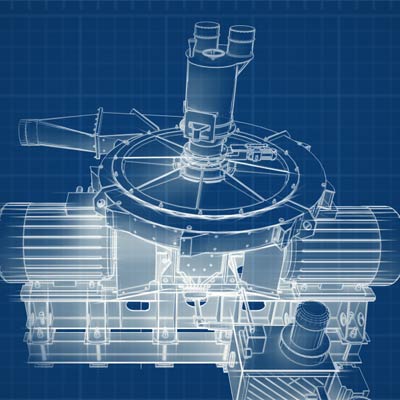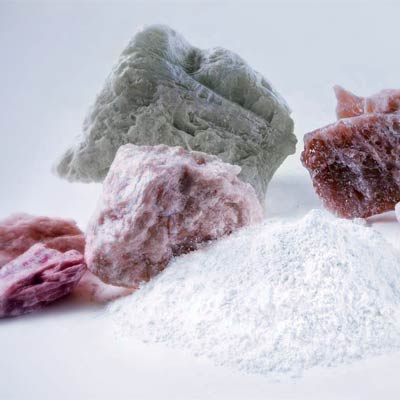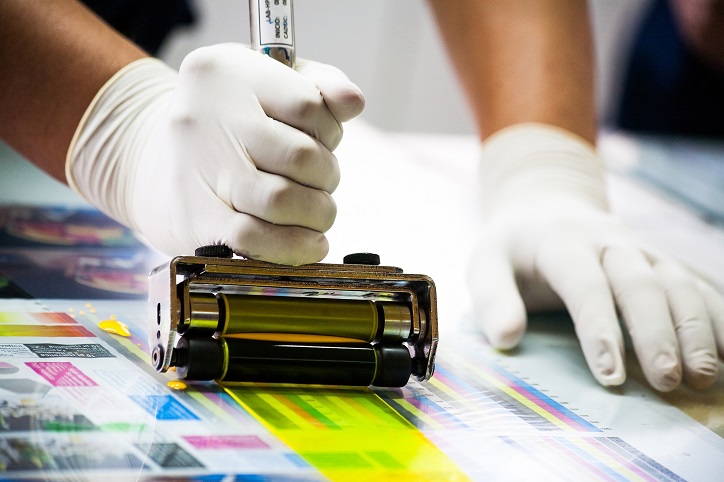Using talc as a coating in the paper manufacturing provides several advantages, which make it a popular choice to improve paper product properties.
Below are some of the key advantages that using talc as a paper coating involves:
- Improved optical properties: with its high brightness and optical stability, talc is an excellent coating to improve paper whiteness and optical properties. Talc coating enables creating more vivid and attractive paper products.
- Improved printing characteristics: talc coating makes the paper surface smooth and uniform, which allows improving the printing quality. Therefore, text and images on talc-coated paper have better clarity and contrast parameters.
- Increased humidity resistance: talc coating makes paper more resistant to wet conditions by preventing moist absorption and reducing the likeliness of paper folding and distortion when contacting with a liquid.
- Improved printability: talc contributes to improved printability by increasing paper’s ability to absorb ink, and facilitates writing by providing smooth writing surface.
- Improved protection and durability: talc coating protects paper from damage, attrition and fading. It also strengthens the paper surface making it more durable and resistant to mechanical impacts.
- Reduced permeability: talc coating decreases paper porosity and contributes to its reduced water and gas permeability. This is particularly useful for packaging paper, which must prevent penetration of liquids and smells.
- Improved printing and ink consumption efficiency: with the smooth paper surface it provides, talc coating reduces paper absorbency and allows using ink for printing in a more efficient way.
Using talc coating to manufacture paper basically allows improving its visual, printing and protective properties, makes paper more resistant to humidity and mechanical impacts, as well as improves manufacturing and product paper use efficiency.



